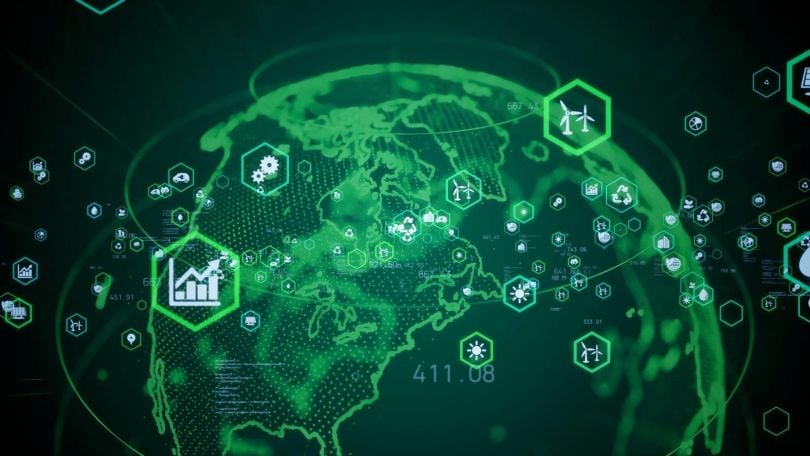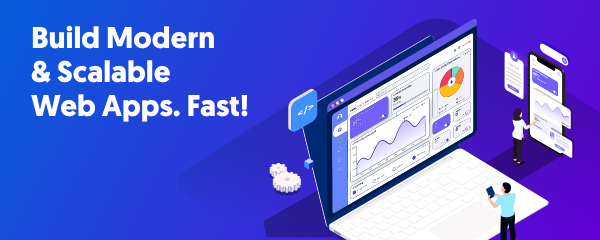Businesses across different industries face the challenge of securely and efficiently verifying their customers’ identities. Traditional Know Your Customer (KYC) processes often involve time-consuming and manual procedures, leading to delays and inconvenience for businesses and customers. However, customer identification has been transformed with the advent of video KYC, a revolutionary solution that combines technology and human interaction. This post will cover how the video KYC verification process works, its advantages, and its applications in various industries.
What is Video KYC?
Video KYC meaning is a face-to-face encounter through video interaction. It is an advanced verification process for ID verification. During a video KYC session, a customer interacts with a trained agent who guides them through the identification process, verifying their identity documents and conducting a live video interview. The agent uses advanced technology to compare the customer’s face with the photo on their ID document, ensuring high accuracy and security.
Video KYC Verification- Step-by-Step Process
Video KYC verification works by utilizing technology to remotely verify the identity of customers through live video calls. The process typically involves the following steps:
1. Customer Consent:
The customer initiates the video KYC process through the business’s designated platform or application. They provide their consent and begin the video call.
2. Document Verification:
The customer is guided by a trained agent who requests them to show their identification documents, such as a passport or driver’s license, in front of the camera. The agent verifies the authenticity of the documents by comparing them with the customer’s face.
3. Face Recognition:
Advanced facial recognition technology is used to compare the customer’s face with the photo on their ID document.
4. Live Video Interview:
The agent conducts a live video interview with the customer to further verify their identity. They may ask questions related to personal information, address, or specific details from the identification document.
5. Compliance Checks:
During the video call, the agent performs necessary compliance checks, such as Anti-Money Laundering (AML) and Counter-Terrorist Financing (CTF), to ensure regulatory compliance.
6. Recordkeeping:
Once the verification process is successfully completed, the customer’s identity is verified, and they are on boarded as a verified user. The video KYC session is recorded and stored for audit and further regulatory purposes.
Benefits of Video KYC
1. Enhanced Customer Experience:
It eliminates the need for physical visits to a branch or office, providing customers with a seamless and convenient onboarding experience.
2. Improved Efficiency:
Manual document verification and data entry are replaced by automated processes, accelerating onboarding and reducing operational costs.
3. Enhanced Security:
By utilizing advanced facial recognition technology, video KYC ensures higher security and accuracy in customer identification. The live video interaction provides an additional layer of verification, reducing the risk of identity theft or fraud.
4. Regulatory Compliance:
It enables businesses to comply with regulatory requirements for customer identification, such as Anti-Money Laundering and Counter-Terrorist Financing regulations. The process ensures businesses have a robust and auditable KYC framework.
Impact on Various Sectors
1. Banking and Financial Services:
Video verification process has transformed customer onboarding in the banking sector. It enables banks to open accounts remotely, reducing paperwork, and eliminating the need for physical branch visits. This has accelerated the process of opening new accounts, allowing banks to reach a wider customer base and enhance financial inclusion.
2. Insurance:
Video KYC simplifies the customer onboarding process for insurance companies. Customers can complete the identification process digitally, reducing paperwork and processing time. It not only improves customer experience but also increases operational efficiency for insurance providers.
3. Telecom
The Verification process has also streamlined the process of acquiring new customers for telecom and utility service providers. Customers can easily verify their identity through a video call, eliminating the need for physical document submissions.
4. E-commerce and Digital Marketplaces:
The video verification process has become essential for e-commerce platforms and digital marketplaces to prevent fraudulent activities and ensure the security of transactions. By verifying the identity of sellers and buyers, these platforms can build trust, reduce disputes, and enhance the overall integrity of their platforms.
5. Healthcare and Telemedicine:
The video verification process has facilitated the remote onboarding of patients for healthcare providers and telemedicine platforms. This has improved accessibility to healthcare and reduced administrative burdens.
Conclusion
Video KYC has transformed customer identification by combining technology and human interaction. It offers numerous advantages, including enhanced customer experience, improved efficiency, security, and regulatory compliance. Across various sectors, video KYC aims to revolutionize customer onboarding, reduce paperwork, eliminate physical visits, and accelerate the identification process. As businesses continue to embrace digital transformation, video KYC is becoming an essential tool to ensure secure and efficient customer identification in the digital era.










